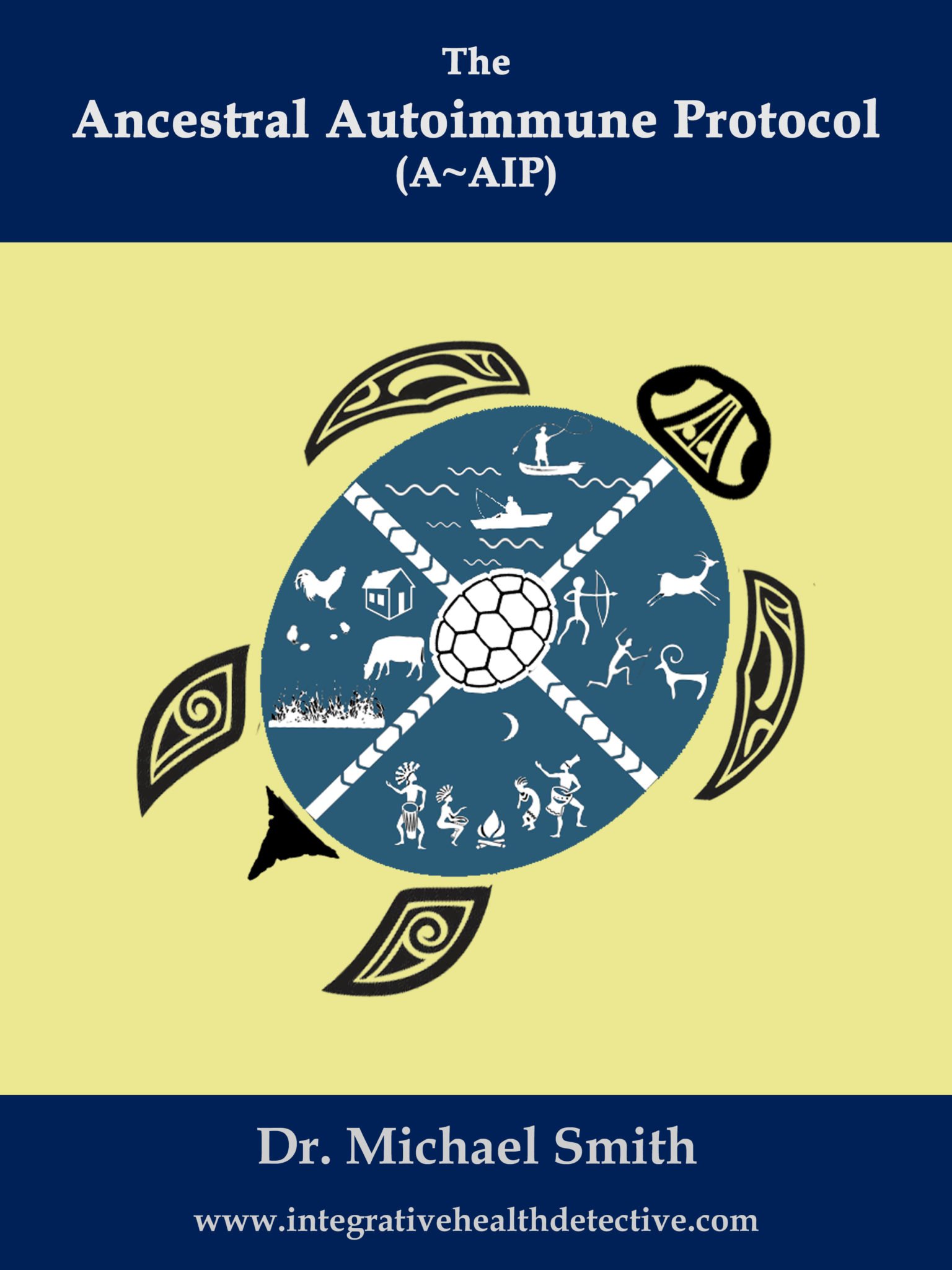True Mind/Body Medicine

Neuro Somatic Therapy (NST) is an ever-evolving, deeply personal and comprehensive approach to the treatment of chronic pain, emotional distress, trauma, addiction, and exhaustion.
Some of the most erosive medical challenges that we face today.
As one of the Cofounders of this subtle Mind/Body practice, I am always integrating new experiences and interactive processes into what I practice and teach. This article is an updated overview of the practice of NST.
The term Neuro Somatic refers to the inter-communication between your nervous system, your muscles, organs, deeper connective tissues, as well as with the somatic and emotional sensations of your body.
Essentially, NST works with everything you experience as sensation, memory, and emotion while engaging in the gradual process of shifting the patterns of your embodiment, posture, breathing, thoughts, and self-awareness.
Two Reasons the Mind/Body Connection is Important
First, your health and sense of well-being are significantly influenced by physical pain, traumatic experiences, chronic emotional distress, and the endless fight against fatigue. That is obvious, but it begs the question, ‘Are you deeply aware of how you feel and why?’
If you want to heal some deep patterns within yourself and your life, you will need to feel them deeper than ever before.
Second, each of us is able to profoundly influence our health, mindset, and adaptability with stress reduction practices, exercise, Spiritual practice, and a healthy lifestyle. NST is a clinical process and a personal Mind/Body practice that provides the tools and support to heal your deepest wounds.
The next obvious and challenging question is, ‘Will you practice for 10 – 20 minutes every day?’ Although there are many aspects of NST that can be assisted through bodywork, mediated with counseling, and enjoyed in a class with friends, there are aspects of this process that will require your utmost patience and Spiritual Integrity.

The Five Pillars of Neuro Somatic Therapy

Each of us has our own recipe for wellness and it is made of what works the best for any given challenge you face. NST has five ‘pillars’, or primary avenues in the gradual process and practice of embodied healing and personal growth. They are Somatic Mindfulness Process, Breathwork, Bodywork, Somato-Emotional Counselling and Subtle Movement Practices like Qi Gong, Yoga and Resistance Training. During any committed time of Mind/Body restoration, I highly recommend working with an appropriate combination of all five opportunities for at least three months.
It is a life-changing experience.
#1 ~ The Somatic Mindfulness Process
Most Spiritual traditions are primarily concerned with the quality of your experience as a conscious being.
The more you invest in practices like embodied awareness, the more you will become conscious of where your mental and emotional habits want to go. Meditation, in its many forms, is practiced around the world by those seeking to understand themselves within their unique lives.
If you are new to embodied meditation, then make this your first commitment. I highly recommend finding an enjoyable and committed way to become familiar with a consistent return to mindfulness before committing to the more advanced practices in the Somatic Mindfulness Process.
In Somatic Mindfulness Process, mindfulness includes an awareness of and a dynamic interaction between your posture, breath, coordination, thoughts, feelings, somatic sensations, and memories. As you become familiar with your good days and bad days, your next step is to reinhabit your body through consistent and dedicated practice.
In order to navigate your way deeper into your challenging experiences, it is important to start with the practice of ‘Resourcing’. This is very much like the keel of a sailboat. Every practice begins with finding, tapping into and feeling confident with your adaptability and resourcefulness.
The Somatic Mindfulness Process relies on a combination of traditional meditative awareness, guided Somato-Emotional journeys, Voice Dialoguing and a unique form of embodied awareness called Meta-Alignment. This combination of inner tranquility, inner dialogue, and somatic sensing offers an internal landscape to assess and change how you live and move through the world. This is like the sails of a sailboat. This is where you learn to reach into the storms and bad weather of your experience and release the energy that is trapped there.
If you are new to the Voice dialoguing practice, it encourages you to relate to your most urgent instincts and most disharmonious personal habits as if they are ‘personalities with nicknames’. It is normal to have an internal dialogue and it only makes sense to embrace that faculty of your mind and finally have a meaningful conversation with your many inner selves.
Modern life is stretched out between your simpler past and your inevitable and complex future. We all carry our pasts in our posture and prepare for the future with our animal instincts. The Meta-Alignment practice creates a tangible and felt-sense relationship with your inner Narrative, your somatic State, your past traumas and future concerns. Meta-Alignment begins with discernment that each of these conditions is very unique and yet held together by the modern social instinct to ‘keep it together’.


#2 ~ Breathwork
Have you ever had an accident or got some sudden and bad news?
The first thing most of us do is stop breathing! Then we take a deep breath and bring our focus and intention into the moment. It is like a superpower!
In Somatic Mindfulness and most other clinical approaches to Trauma Release Therapy, both the therapist and the patient have to return to a very balanced state of Adaptability and Resourcefulness every few minutes. This is usually referred to as Grounding or Resourcing. If you are in the moment of releasing and re-experiencing a traumatic memory, your breathing will usually get short and tight – or just stop.
This is the PERFECT time to change your body memories and your mental habits.
By learning to coordinate your breath with your instinctual responses, your deepest fears, your wildest passions, and your innate adaptability, you can create better habits, and perhaps wiser and more compassionate ways to experience your memories.
There are several approaches to this kind of work so ask around. You can also learn the basics of breathwork on the internet, especially on youtube. In my work, I fundamentally rely on the ancient Breathwork traditions from China and India. I will be adding an article on Daoist Breathwork soon.
Somatic Mindfulness is meant to become a regular and life-long practice. Just like in the practices of Qi Gong and Yoga, breathwork is what keeps you present, in your body and in touch with your instinctual adaptability and Spiritual confidence.
#3 ~ Somato-Emotional Counselling
Like easily recognizable facial expressions, each of us embodies our strongest feelings in recognizable and habitual ways in our body. It is instinctual to hold our feelings in when we are in danger, but that instinct assumes we will find the time and place to release those feelings as soon as possible. It is just like when a dog takes a nap after playing and then twitches in its sleep. As humans, we can release some of our distress through movement, but most of the time we need to resolve our experiences through some conscious personal connection.
When emotional distress and trauma have been held back for a long time, we may need some help letting them move. There are few things as powerful as a deeply personal, insightful and transformative conversation. When appropriate, a Neuro Somatic Therapist or other Somatic orientated counselor relies on the experiences a patient has gained through their internal Voice Dialoguing and Meta-Alignment practices to guide them deeper into where their Mind/Body self, or Though/Feeling self, are still held in the Pain Body.
Some individuals can release unconscious habits through an embodied conversation, while others require a more subtle form of hands-on release.


#4 ~ Bodywork
When focusing on the physical treatment of all forms of chronic pain, NST treats not only the muscles, joints, and organs in pain but also all of the muscles that are actively trying to protect the injury. This is called tissue recruitment and can affect multiple joint systems as well as the muscles that are strained by the unique changes in your posture. By reducing tension in all of the tissues involved simultaneously, patterns of nerve and muscle memory are more likely to release completely.
 When working with emotional distress and trauma, Neuro Somatic Bodywork focuses on deconstructing the embodiment of distress while helping the patient observe and reorient their inner thoughts and feelings towards confidence, adaptability, and autonomy. This hands-on approach works directly with your Central Nervous System through Trigger Point Release and Myofascial Release to reduce muscle tension, inflammation, stress intolerance, and fatigue while improving sleep and tissue repair. As your Somatic Mindfulness and Counseling journey takes you deeper into your body, you can get the support and focus you will need with Bodywork.
When working with emotional distress and trauma, Neuro Somatic Bodywork focuses on deconstructing the embodiment of distress while helping the patient observe and reorient their inner thoughts and feelings towards confidence, adaptability, and autonomy. This hands-on approach works directly with your Central Nervous System through Trigger Point Release and Myofascial Release to reduce muscle tension, inflammation, stress intolerance, and fatigue while improving sleep and tissue repair. As your Somatic Mindfulness and Counseling journey takes you deeper into your body, you can get the support and focus you will need with Bodywork.
When assisting people to enter into Somato-Emotional Release, NST combines the first two protocols while also putting a person into a hypnagogic state, which is a lucid dreaming state where you are half asleep and half awake. In this state, your abilities to heal, rest, and resolve unconscious beliefs and conflicts are at their most adaptable and potent. This is profoundly beneficial for those who have a difficult time changing habits or falling asleep.This form of Bodywork can get very personal because it explores and releases the tension that is stored in the most consistent and instinctual places that people react or flinch internally to different degrees of threat or trauma.
#5 ~ Subtle Movement Practices
It could be said that the mind and body meet in sensation. It could also be said that the embodiment of trauma is a combination of memory and meaning. By bringing together movement, breath, a deep vulnerability, and courage, as well as a consistently focused intention, you can bring new meaning to old memories.
Neuro Somatic Therapy is a process.
It is also a long-term personal practice that requires patience, dedication and a willingness to experience the truth.
There are many reasons that ancient practices like Qi Gong and Yoga are known taught in almost every city in the world. If you are new to exploring the relationship of your posture, breath, coordination, and stillness, then this is a great place to start and an essential part of an NST long-term personal practice. These embodied practices are so popular because they provide a regular opportunity to avoid distraction and overstimulation, which are not easy today, and become present to your somatic and emotional self. This is where your memory and meaning can be explored and expressed with movement and breath.
With a committed personal practice, you can always go deeper and move forward.


YES! Please send me a FREE copy of the Autoimmune Protocol Ebook!
Begin your healing journey with this 65-page guide to understanding Autoimmune Disease and the Ancestral approach to restoring healthy immune function while repairing your body from the inside out.
Sign up for a regular newsletter offering you the information and inspiration that has helped thousands of people heal their lives!
We respect your privacy.
You will only receive your FREE Ebook and our newsletter.
Recent Blog Posts
Gut, Skin, Muscle, and Bone Healing Jello
Gut, Skin, Muscle, and Bone Restoring Jello (Gella-Goodness™) [...]
Water – How Much, When, and Why?
We have all heard that it is important to [...]
Spring Cleanse – 2024 – Talk Eight
Rejuvenating all of Your Cells [...]








Leave A Comment